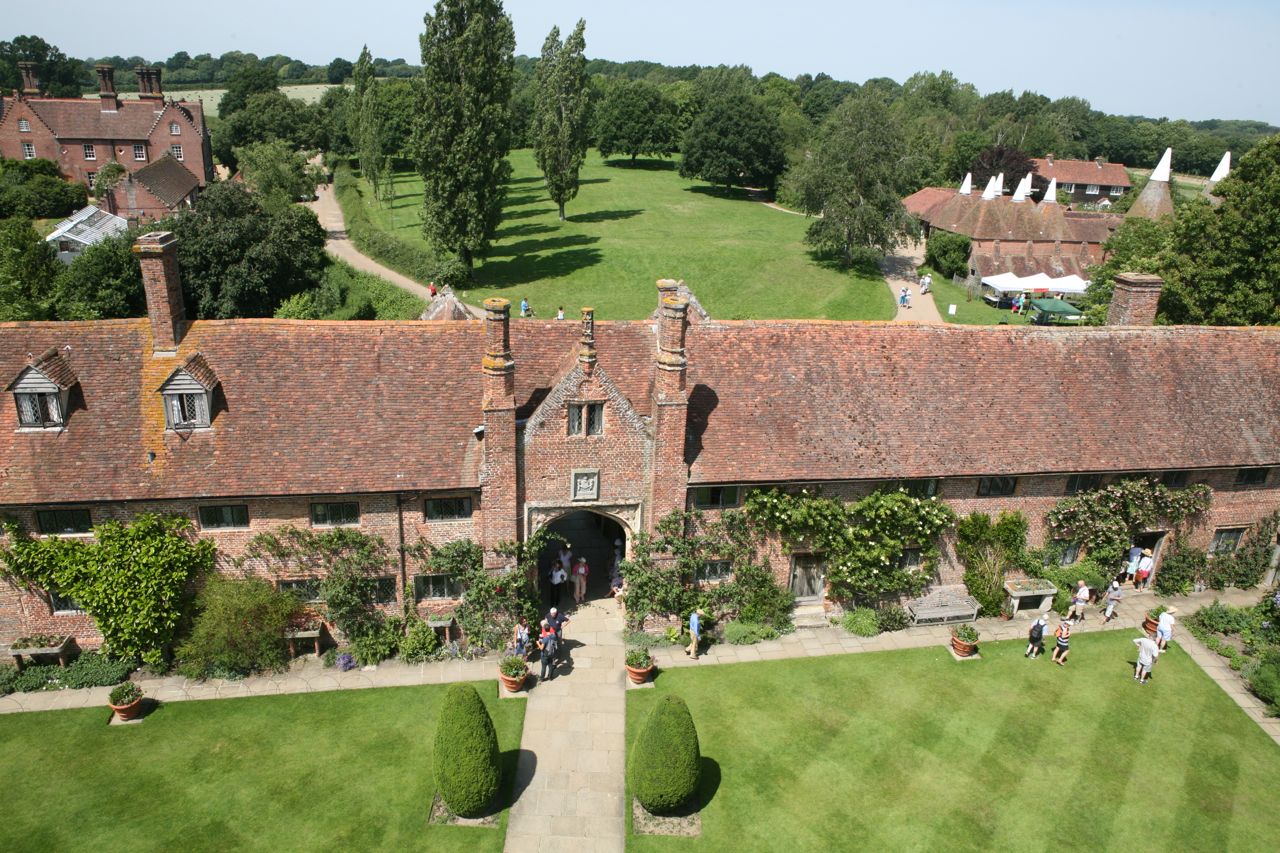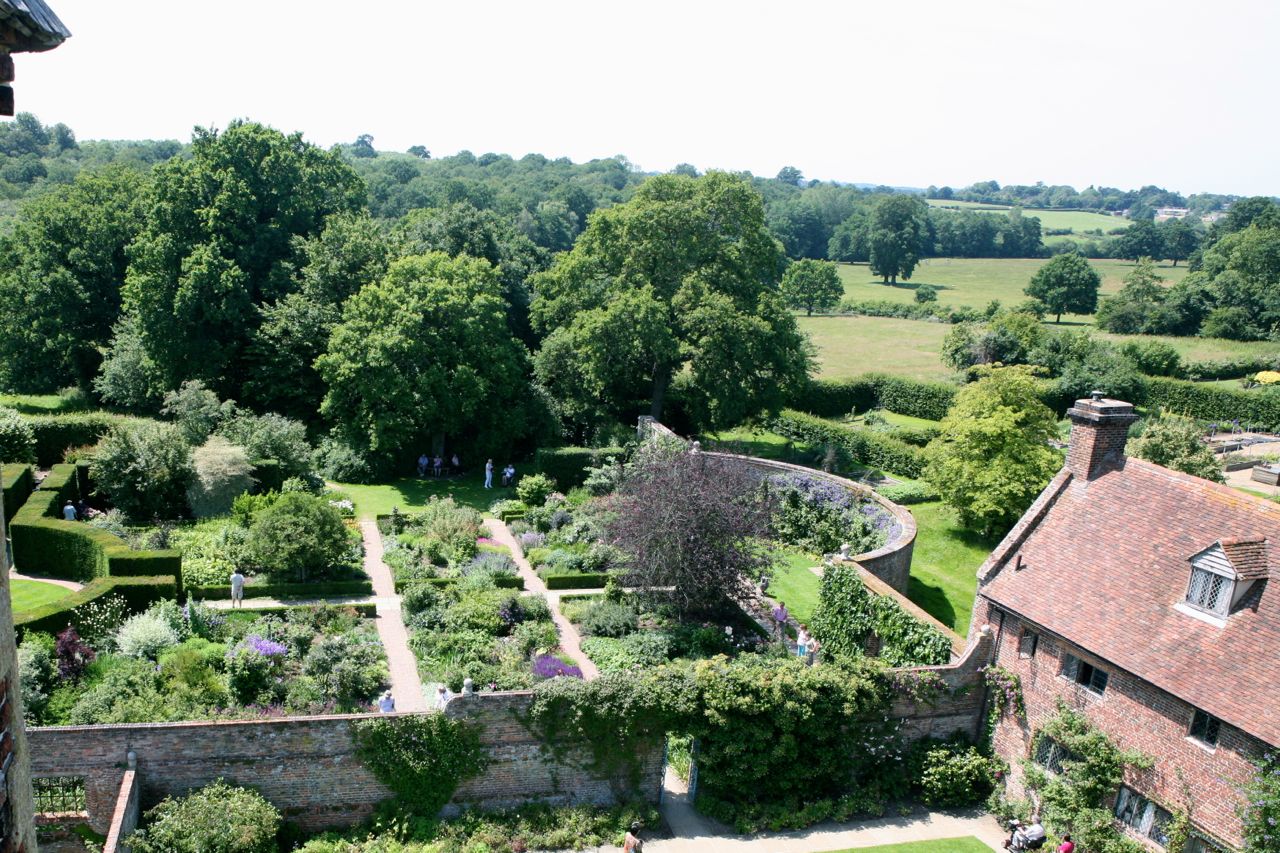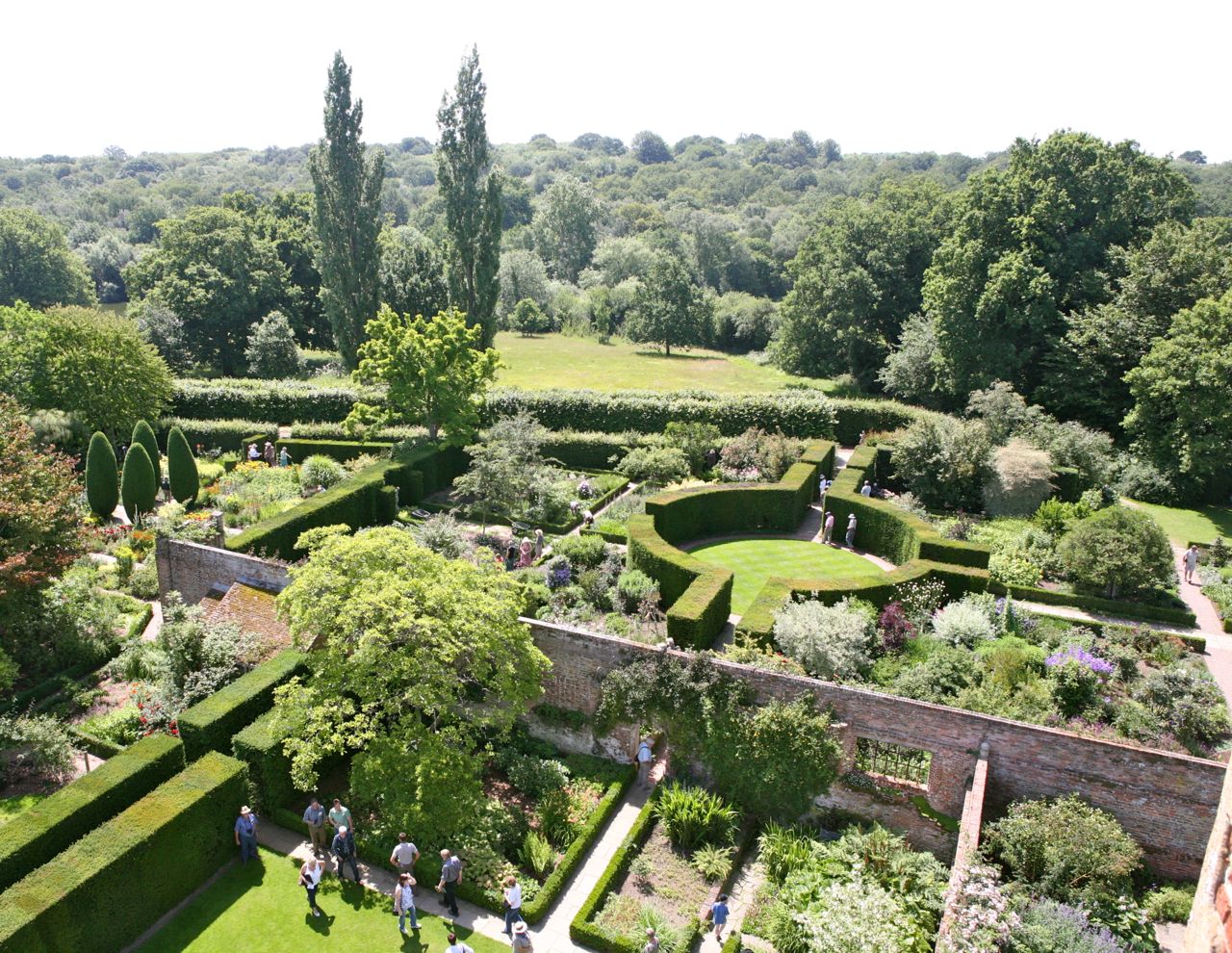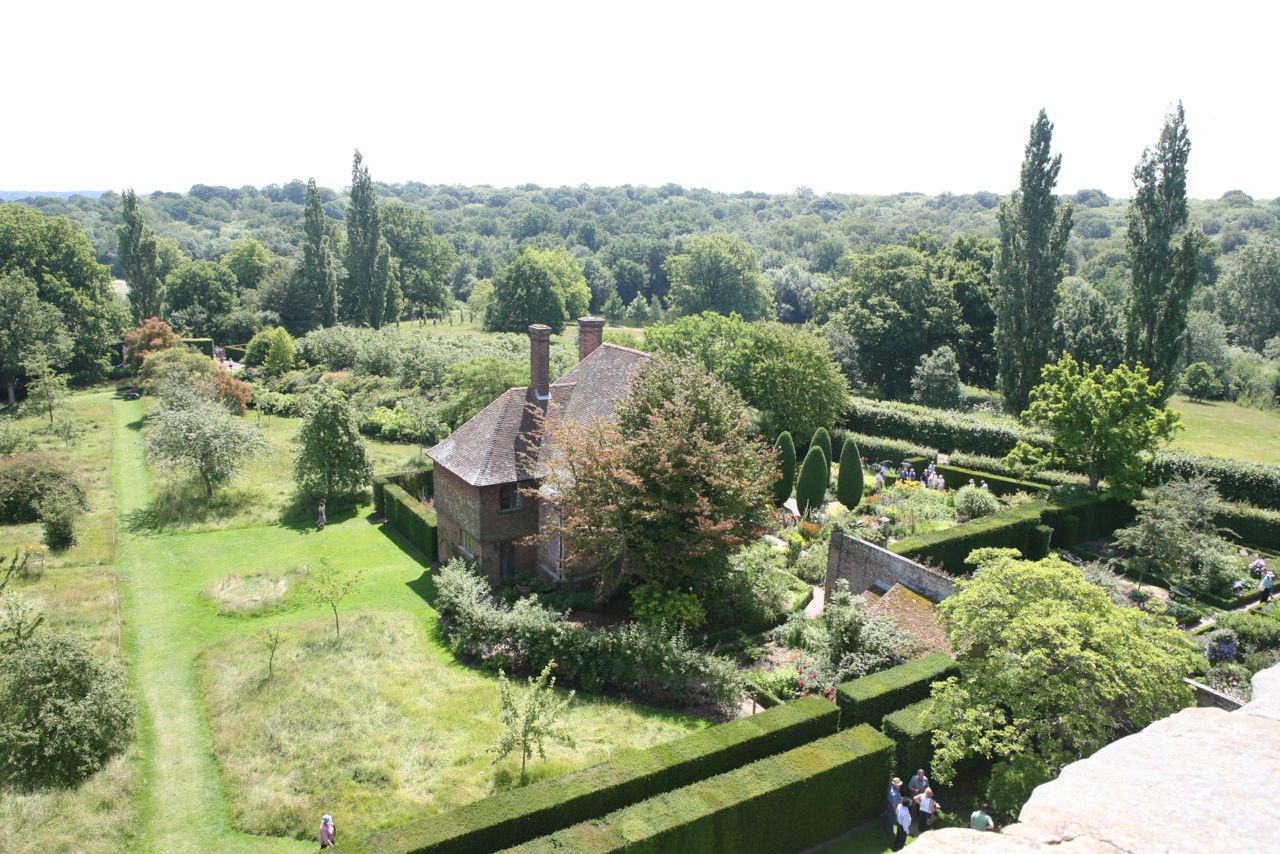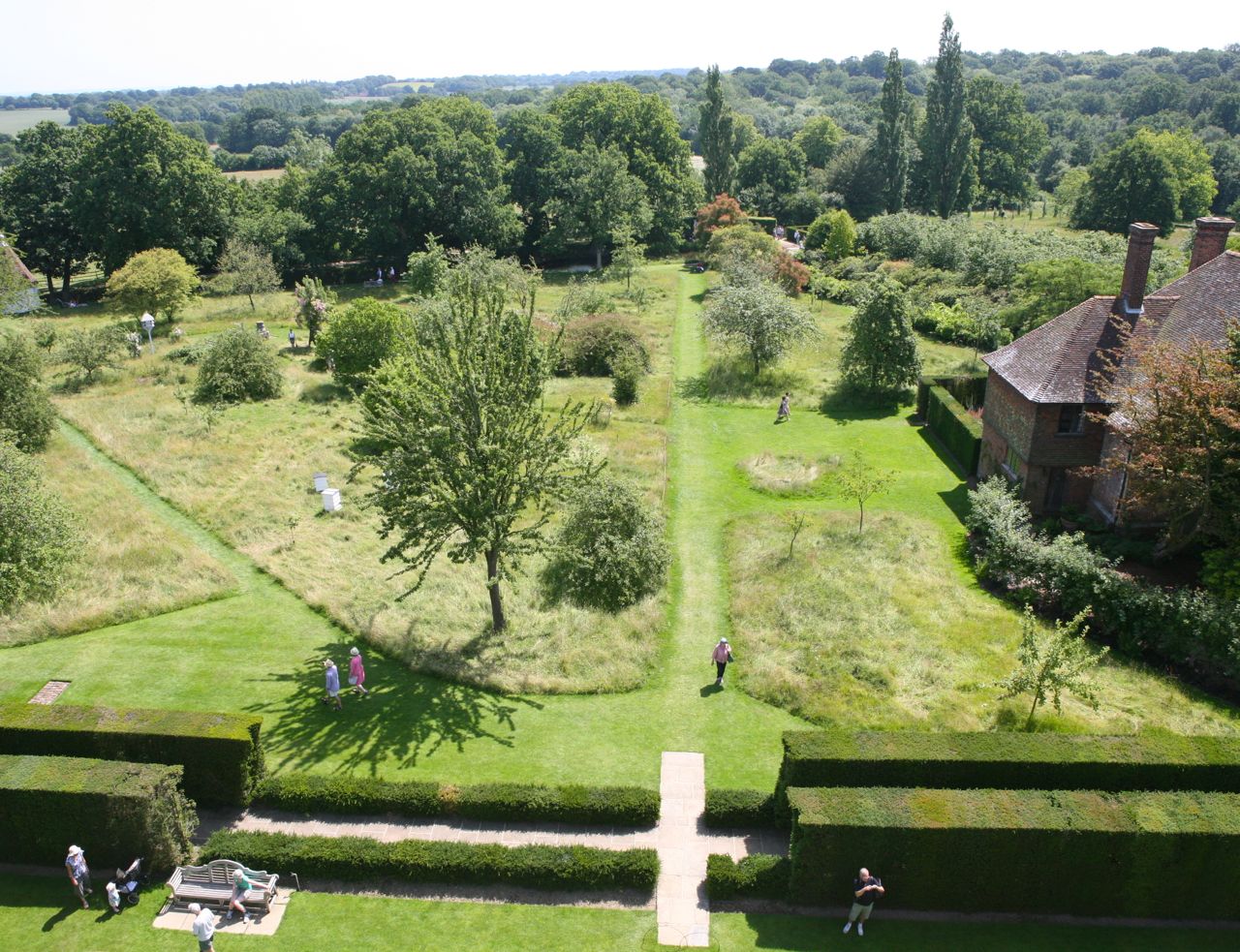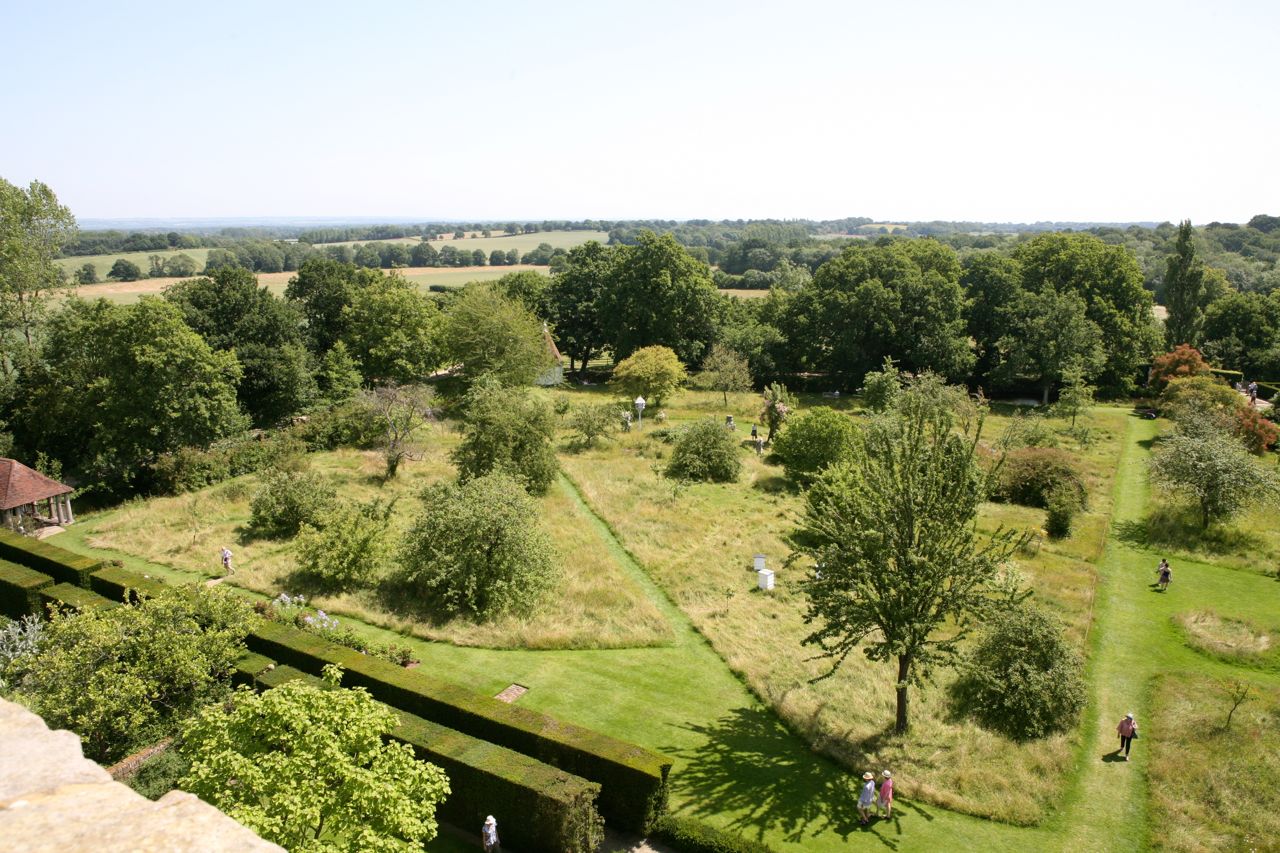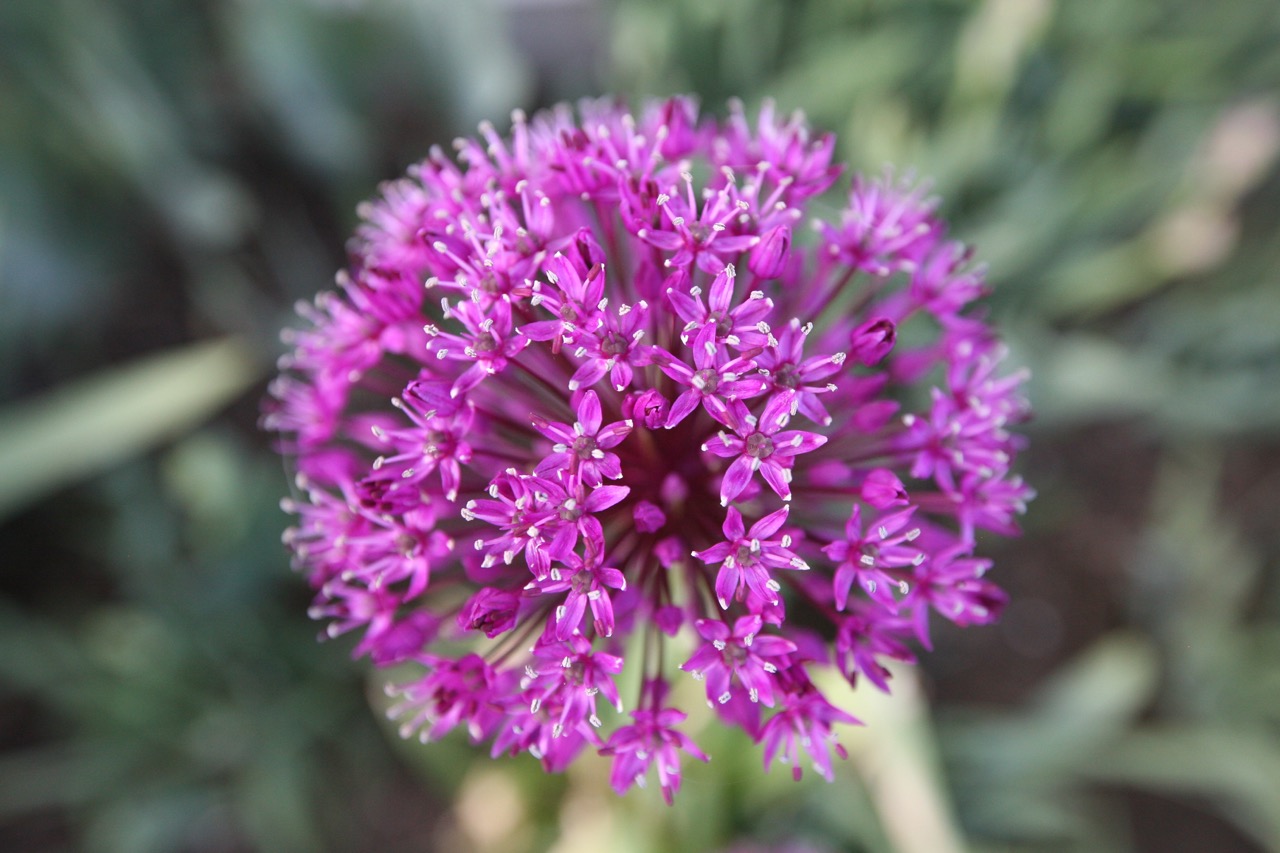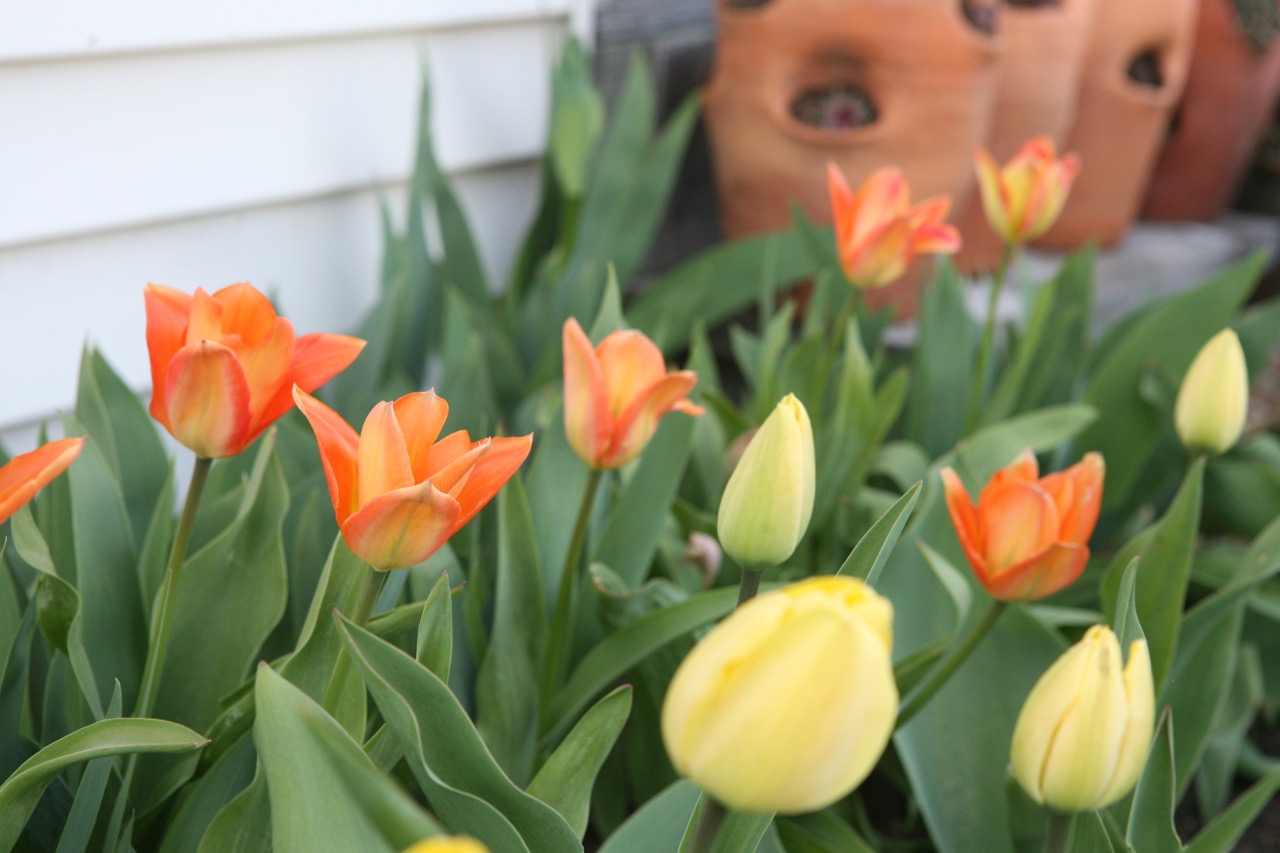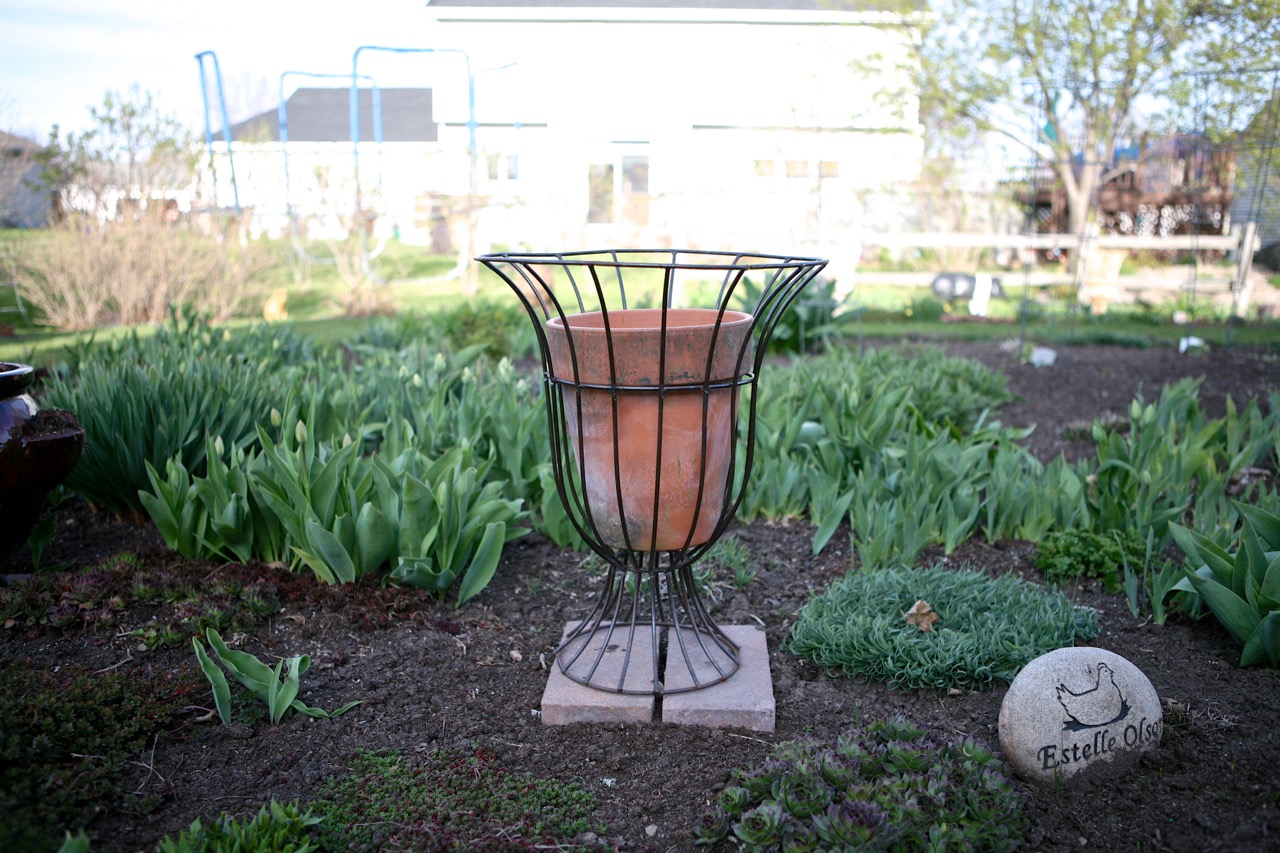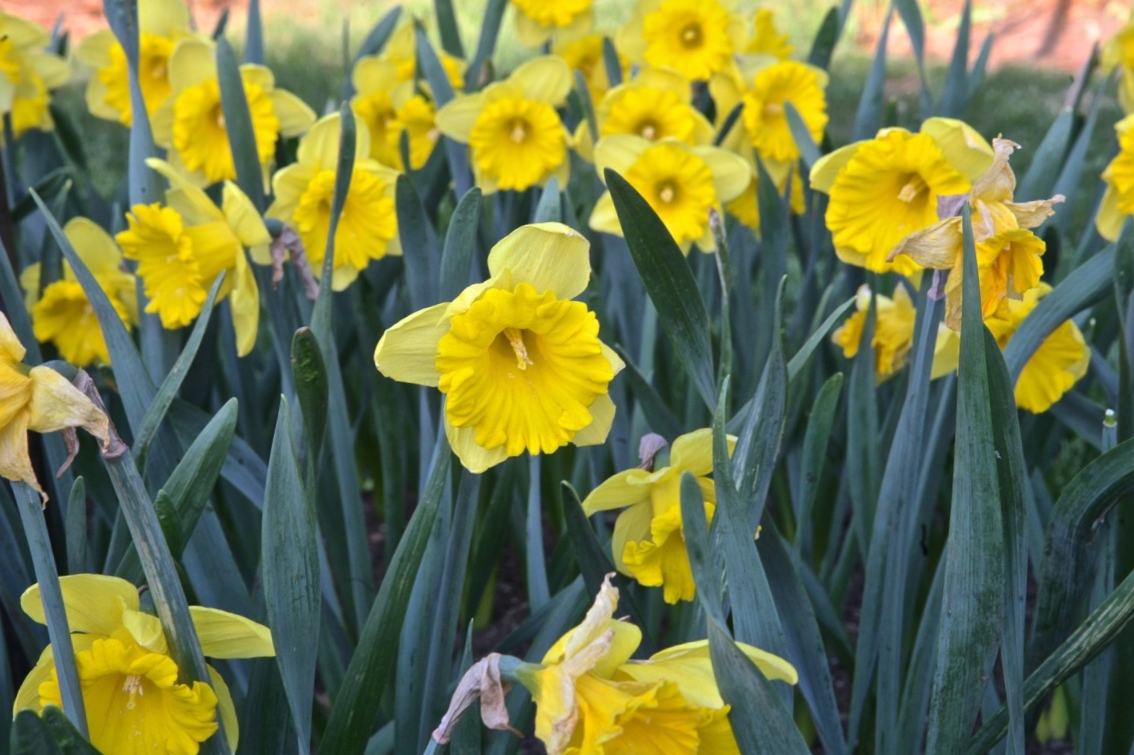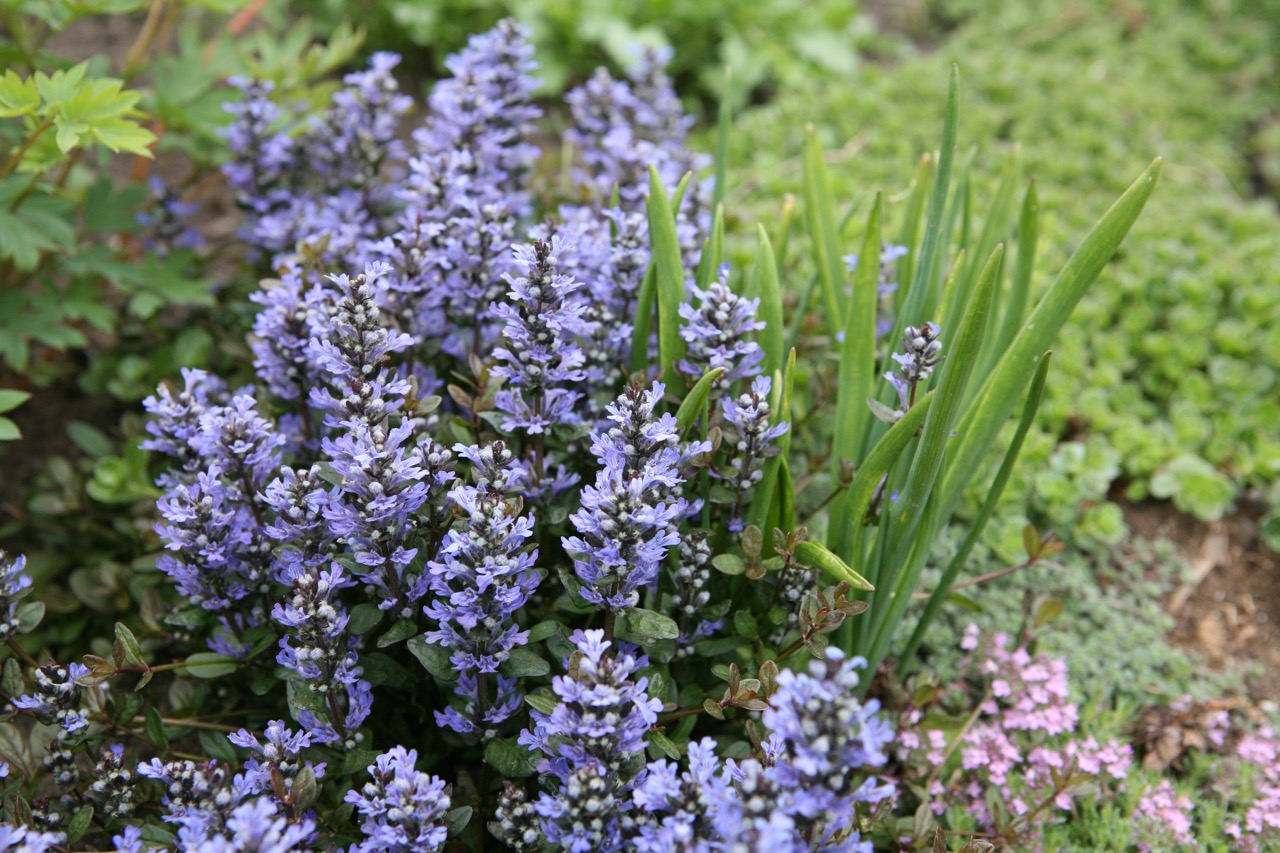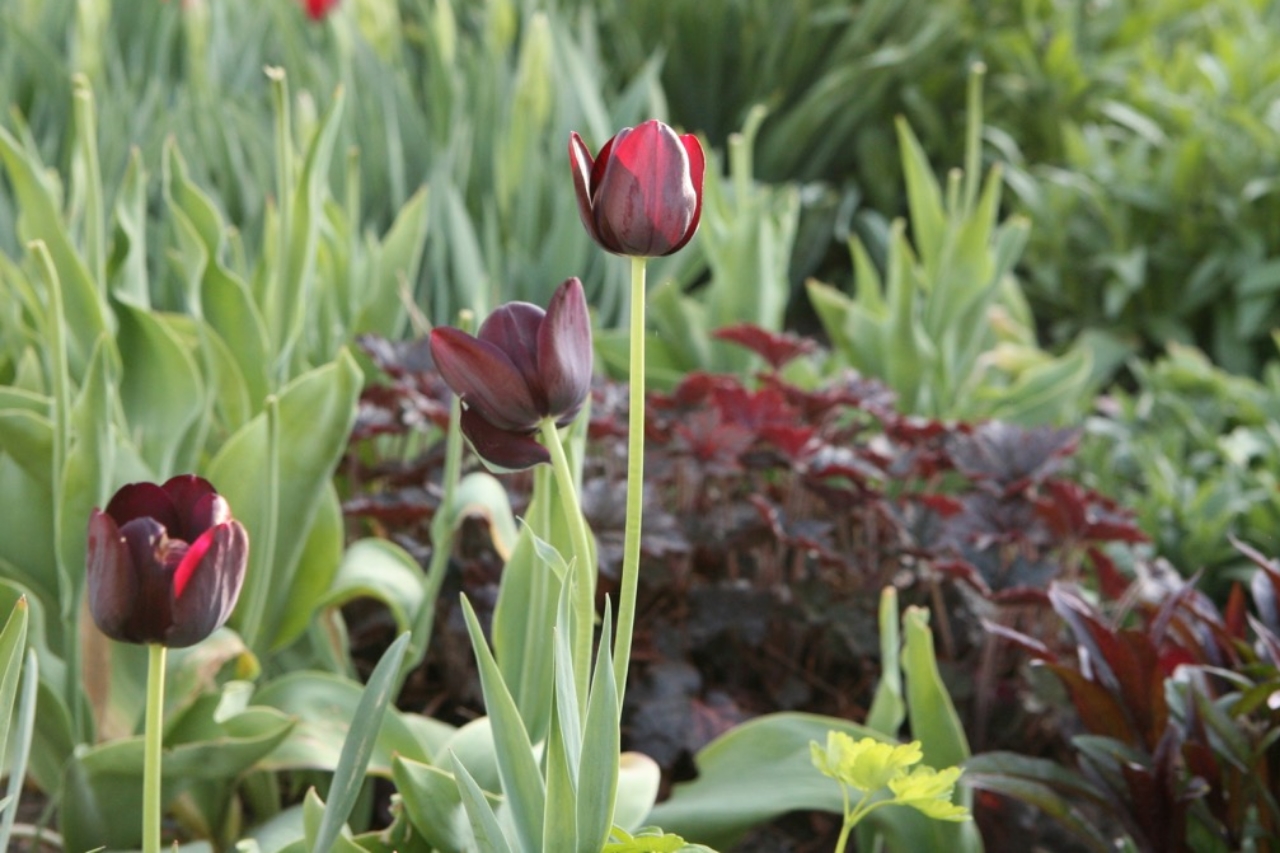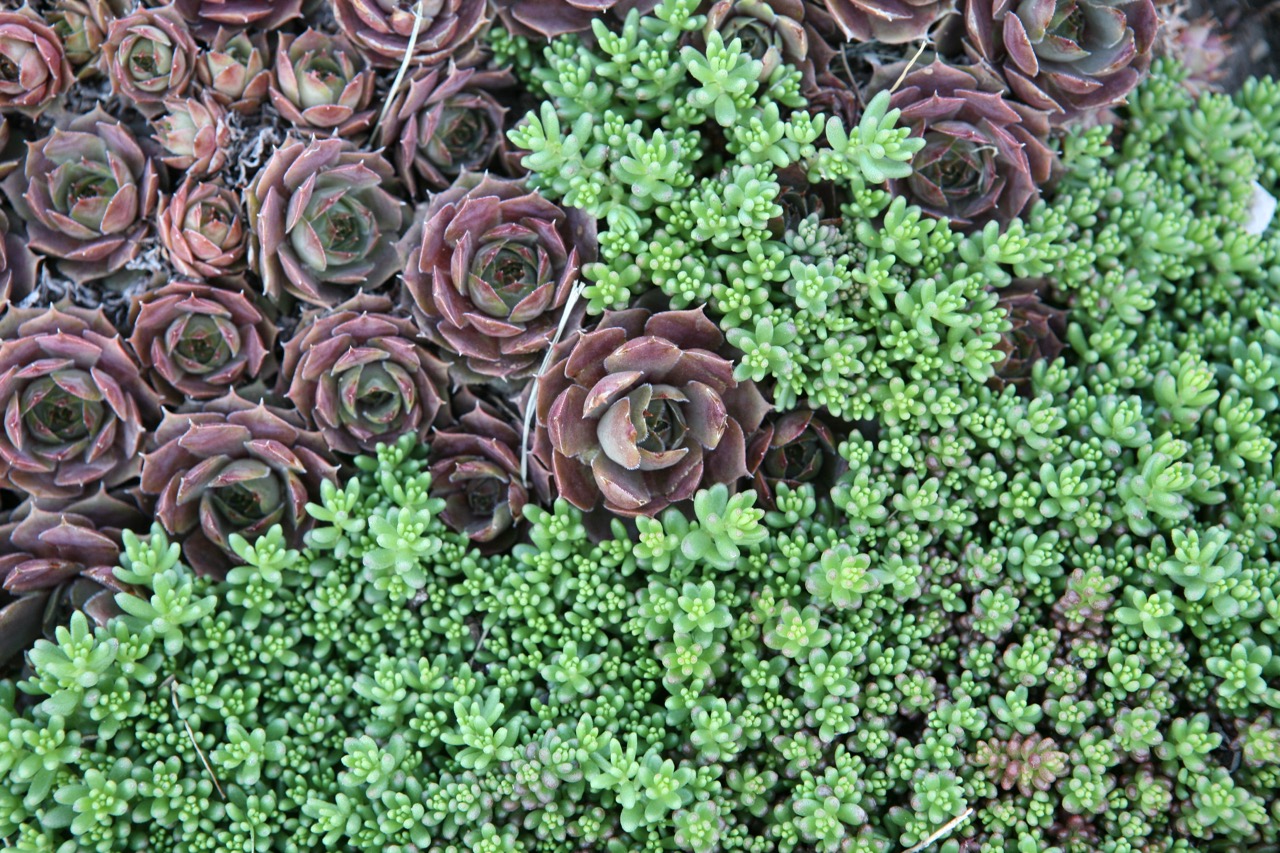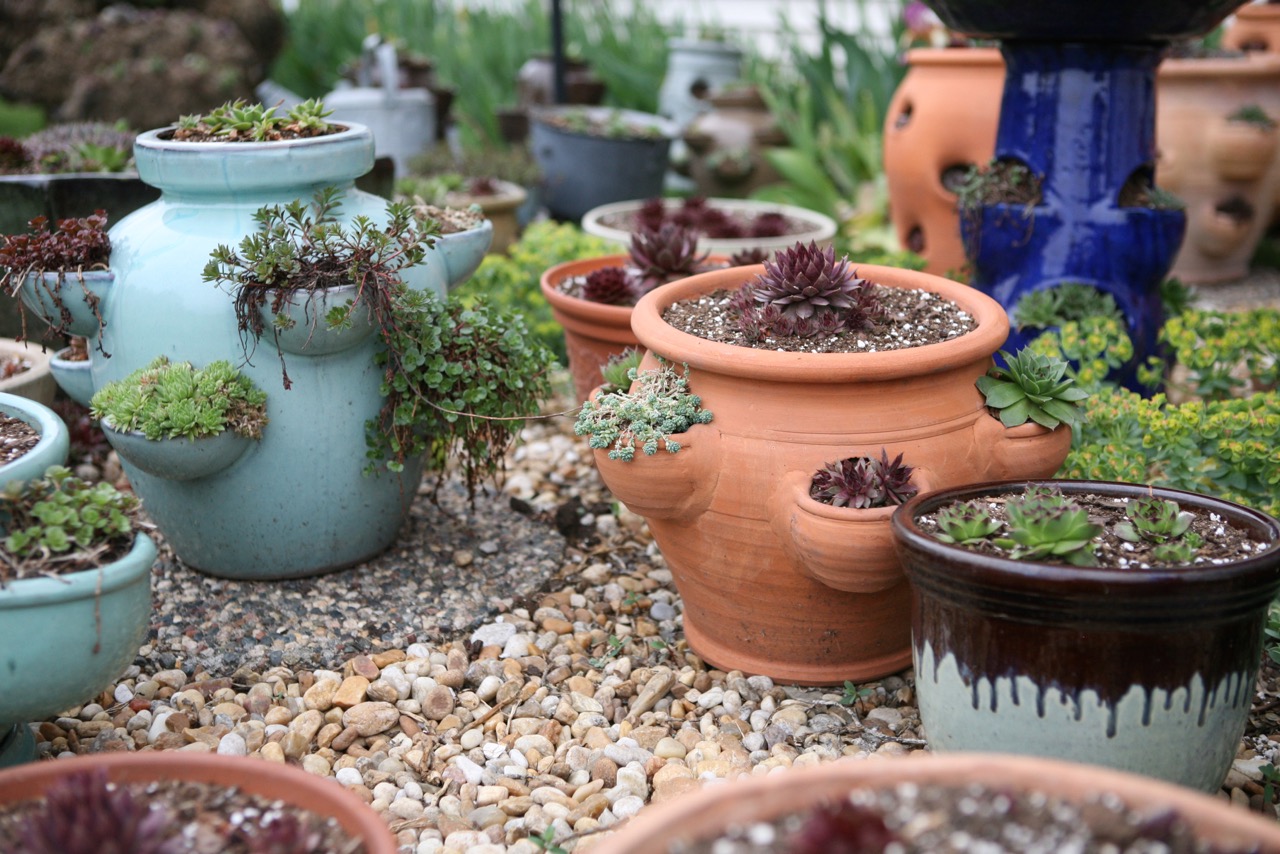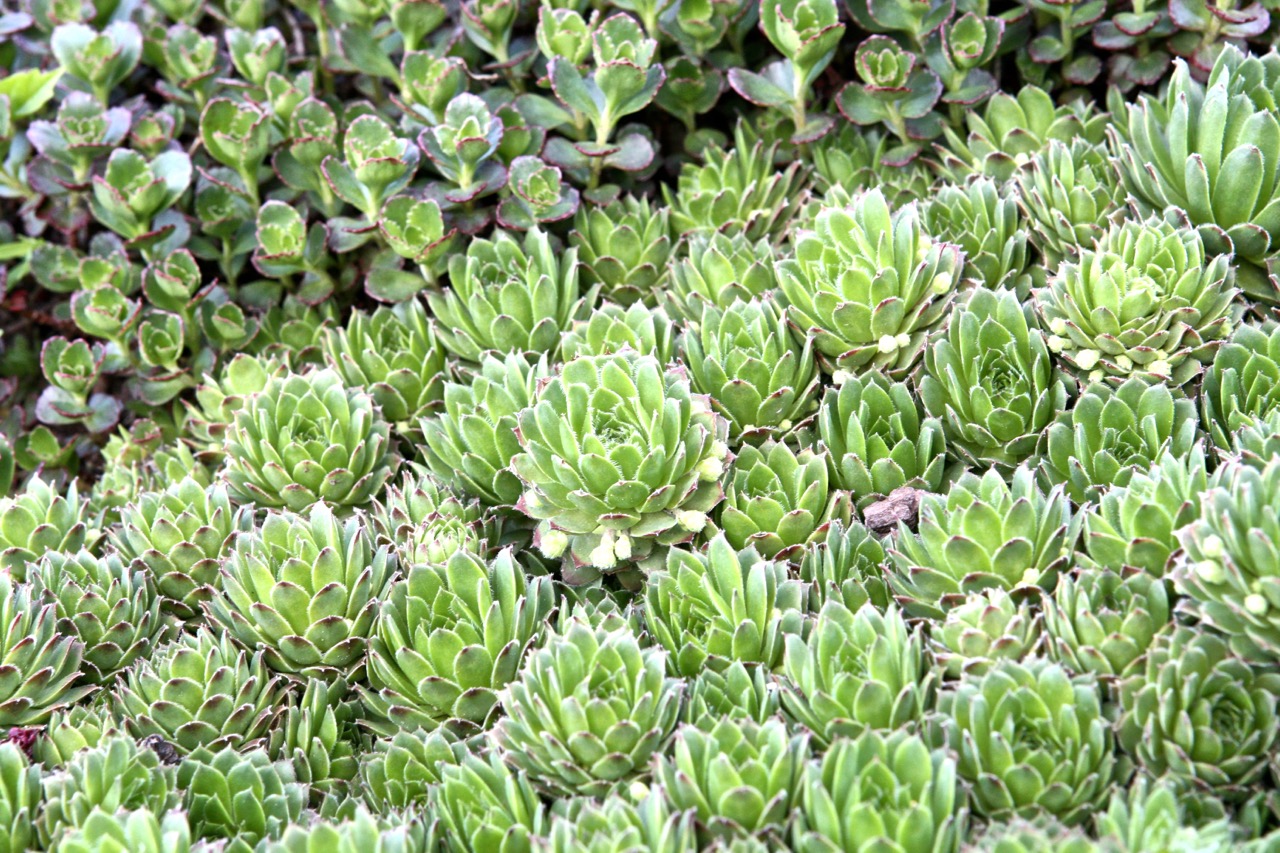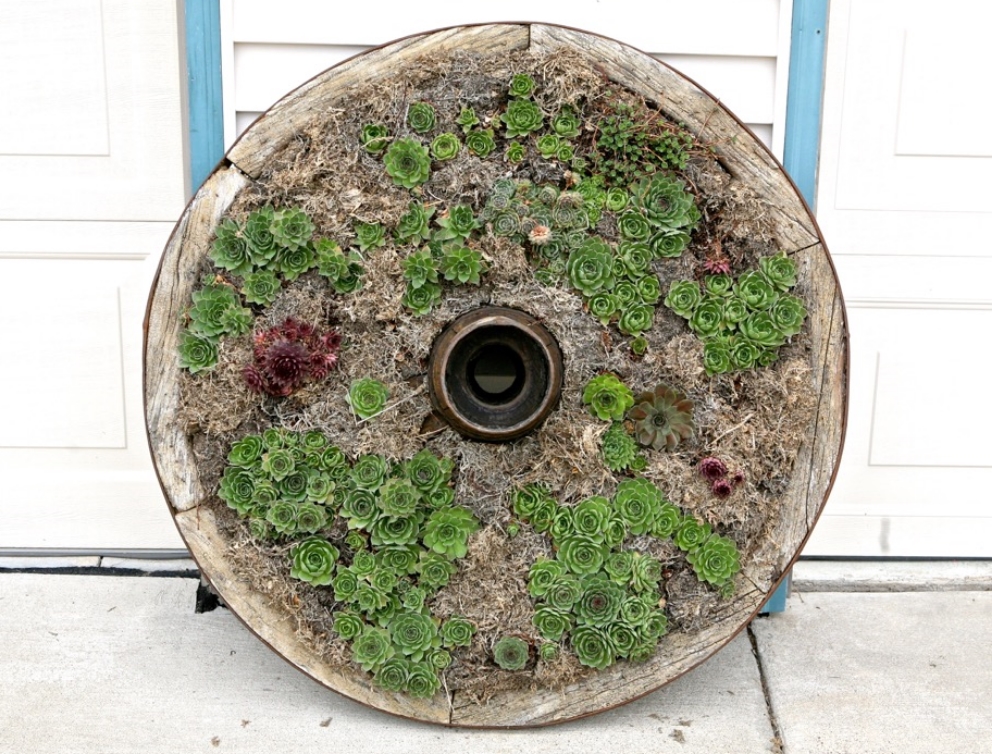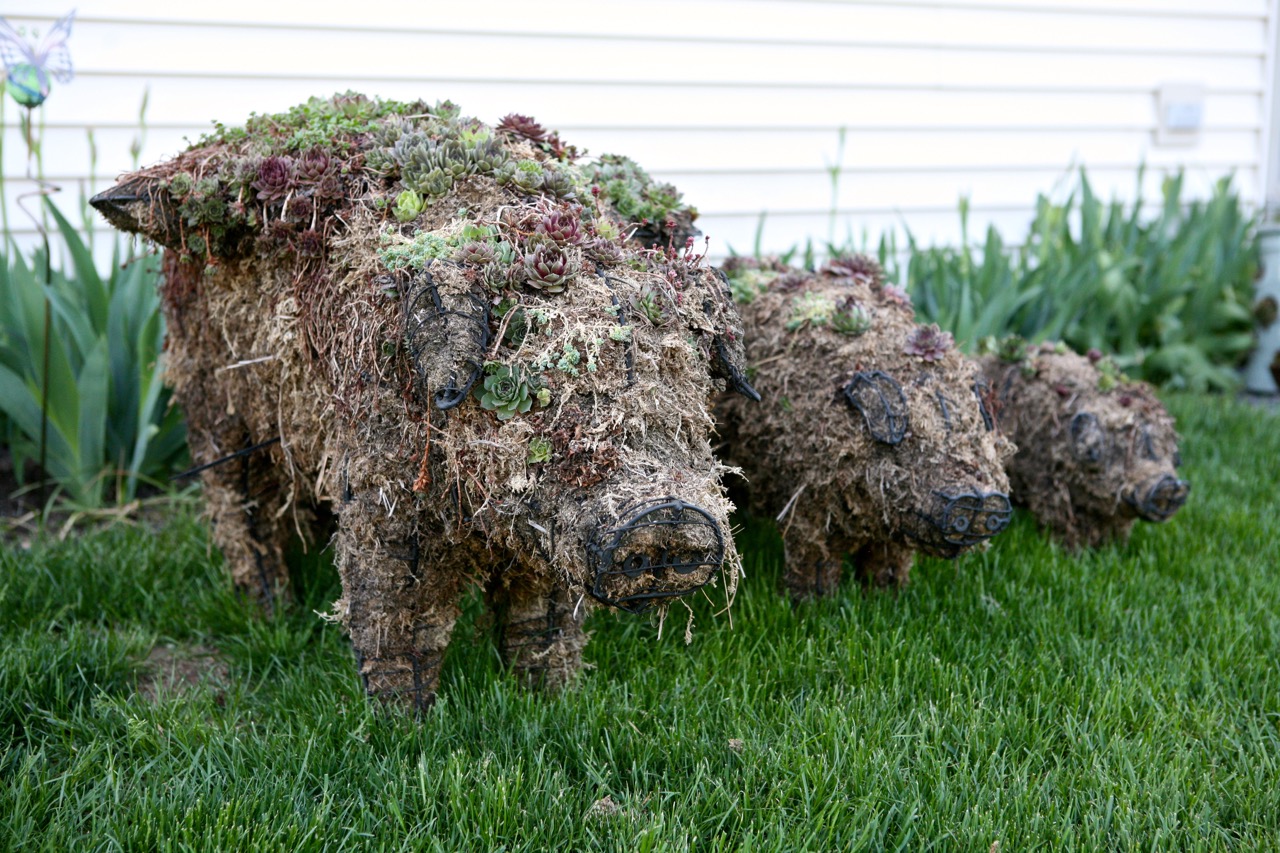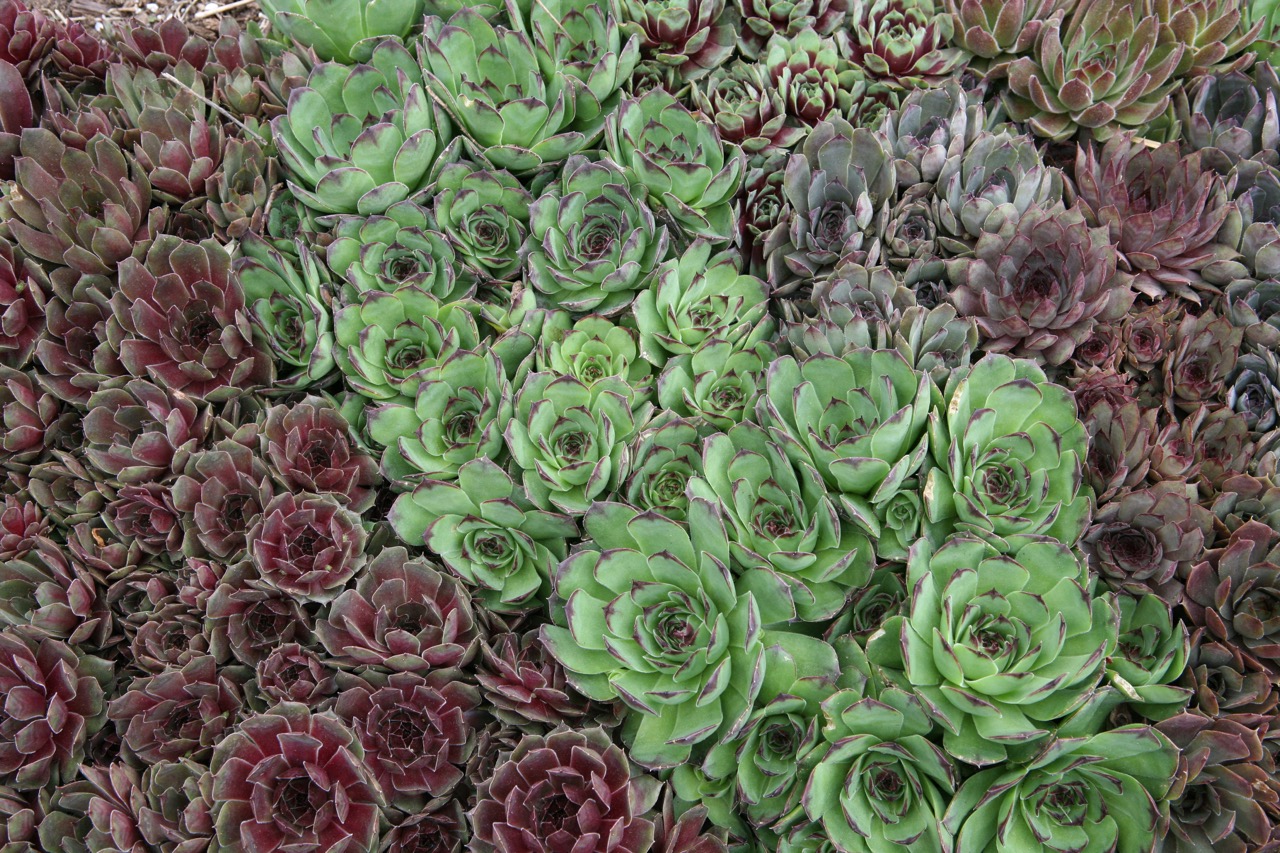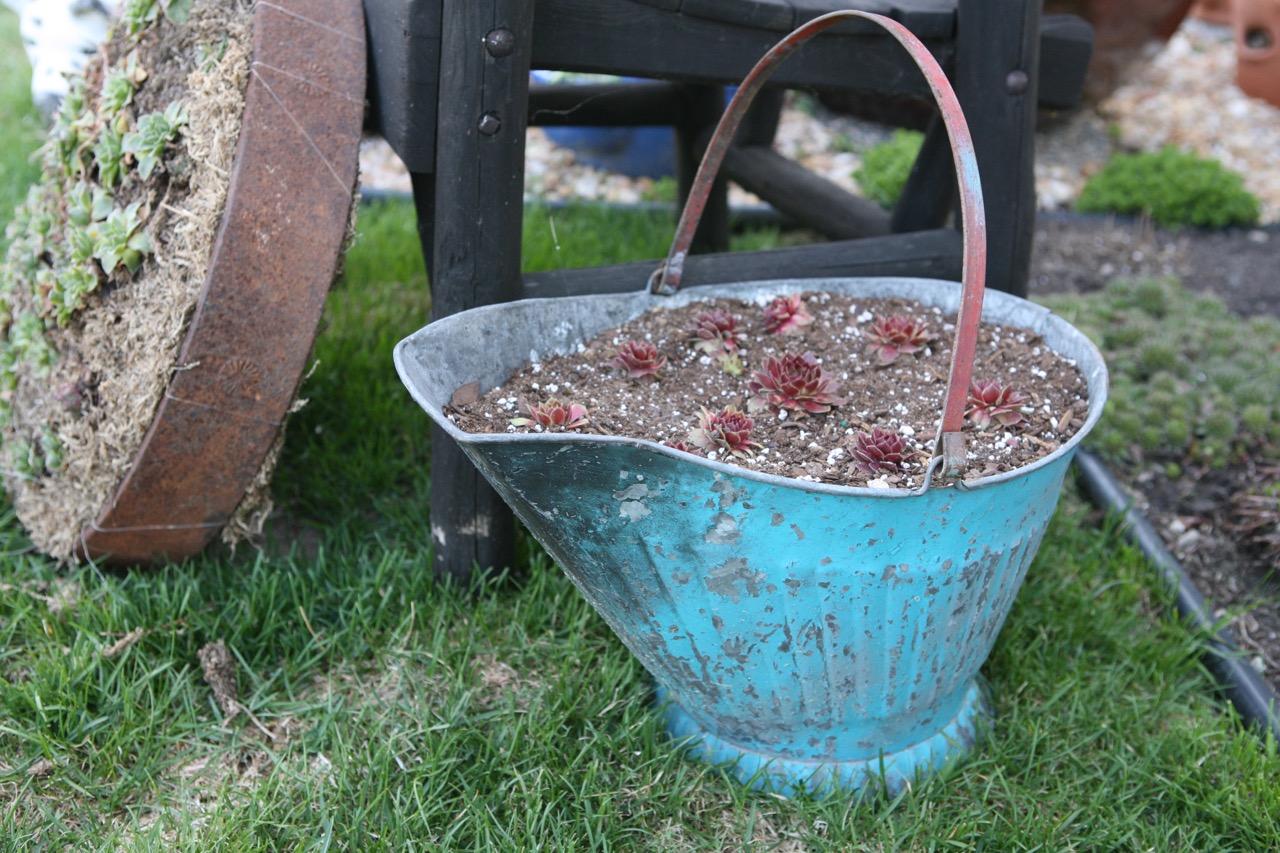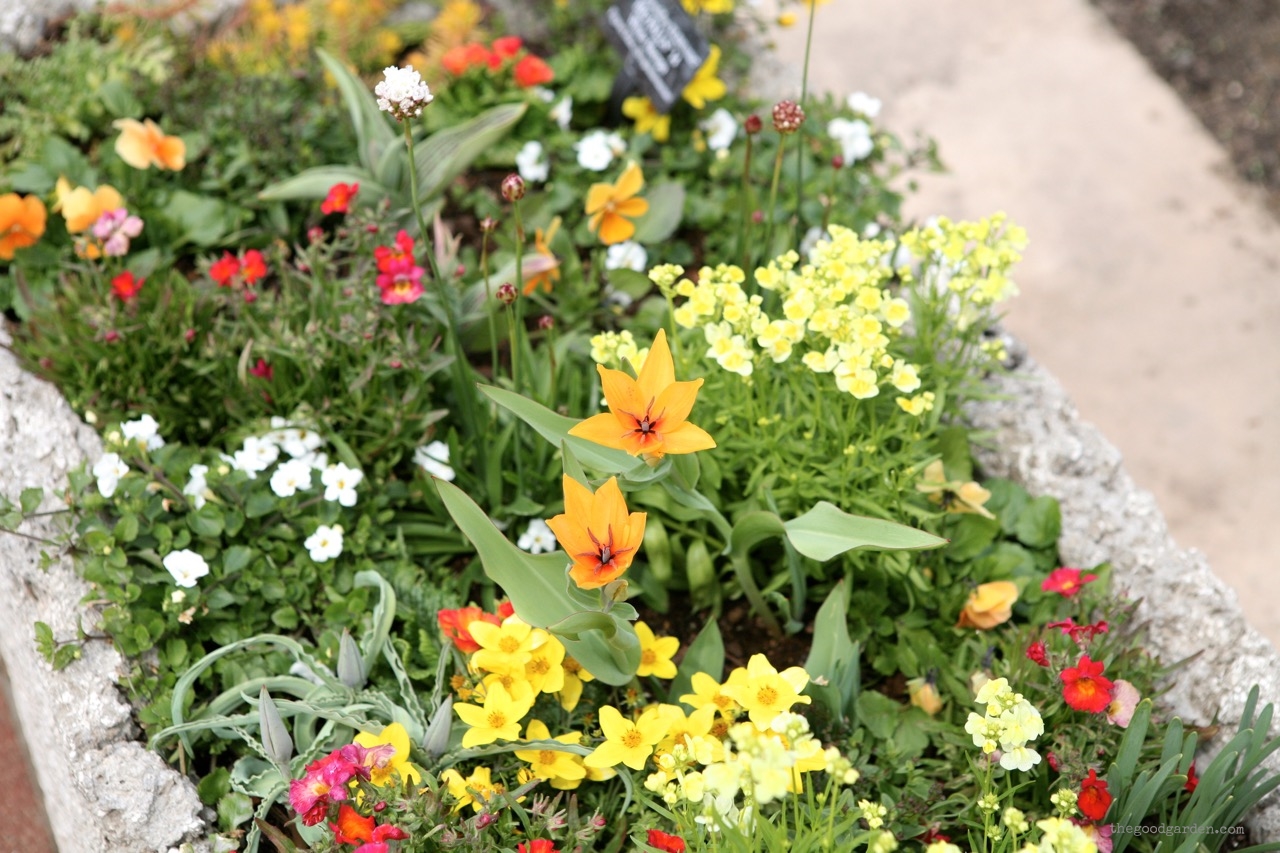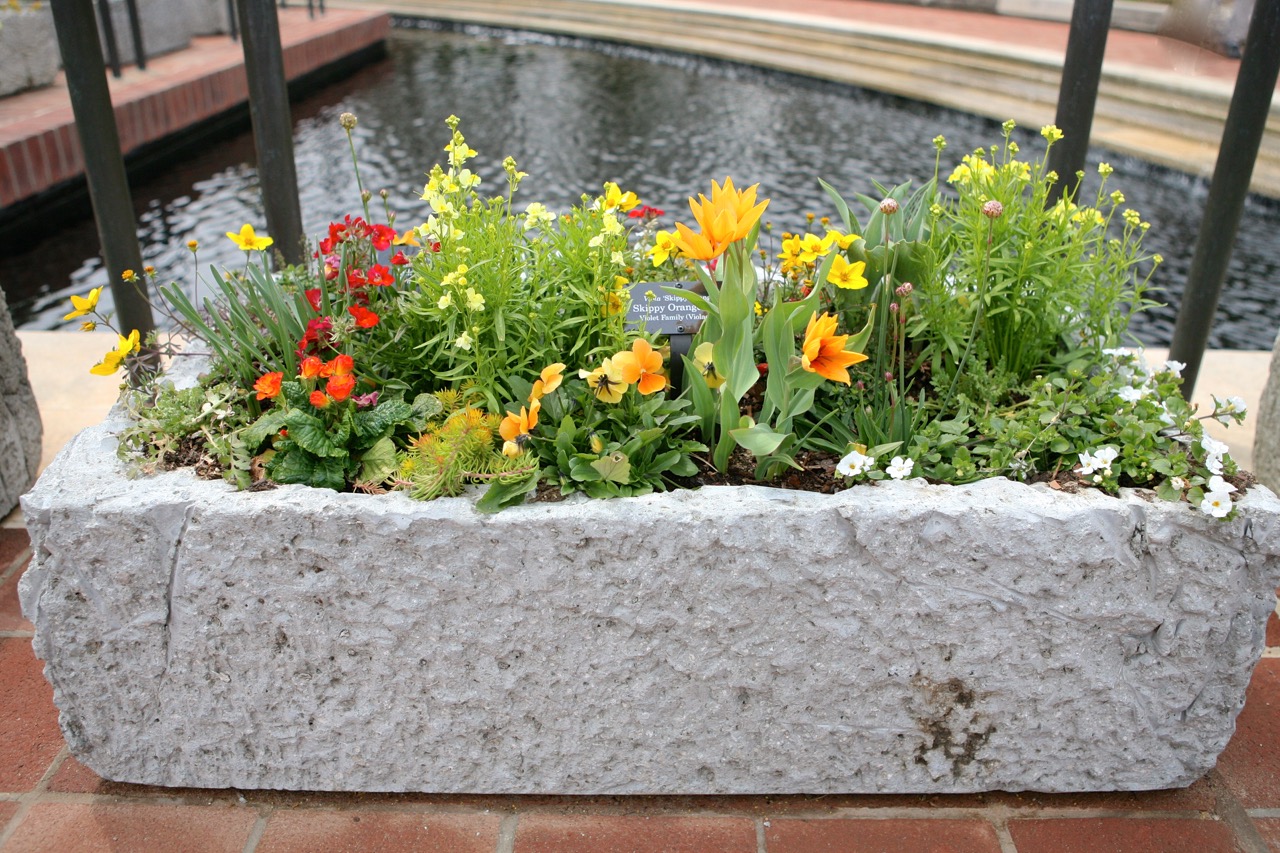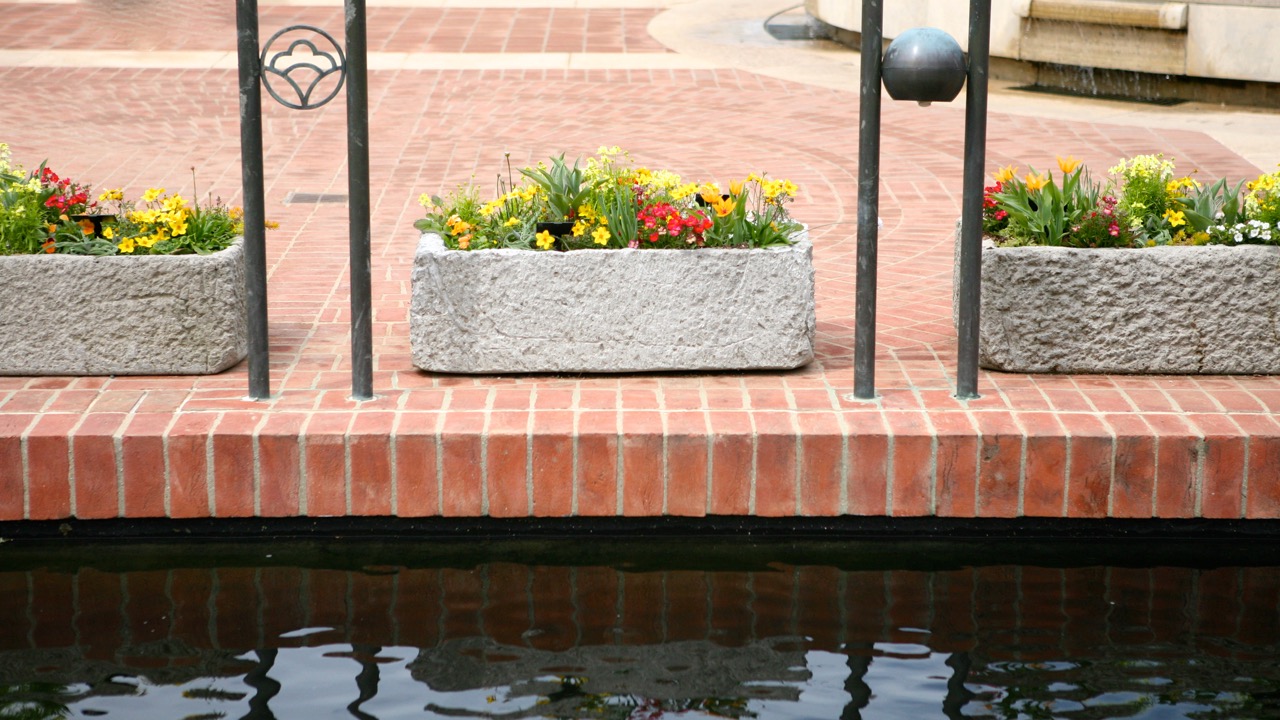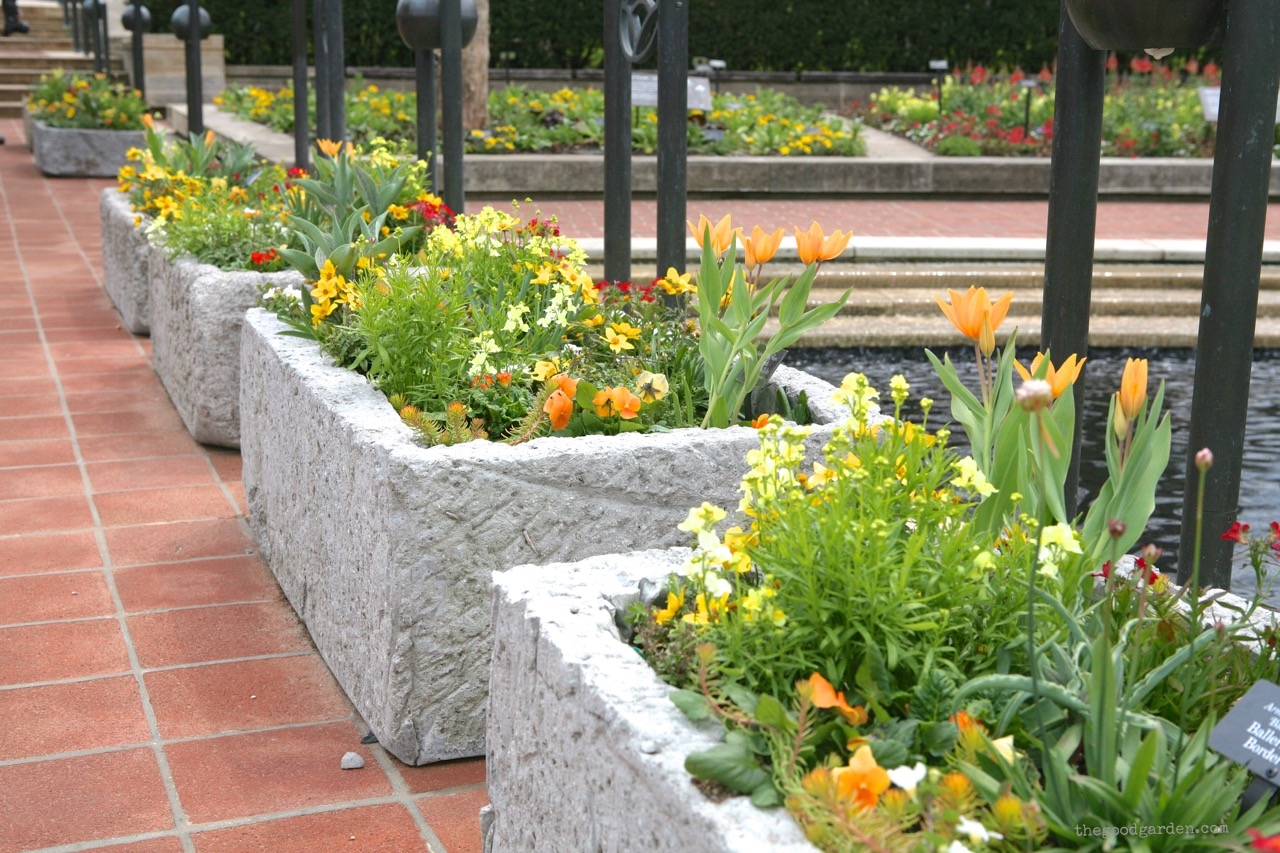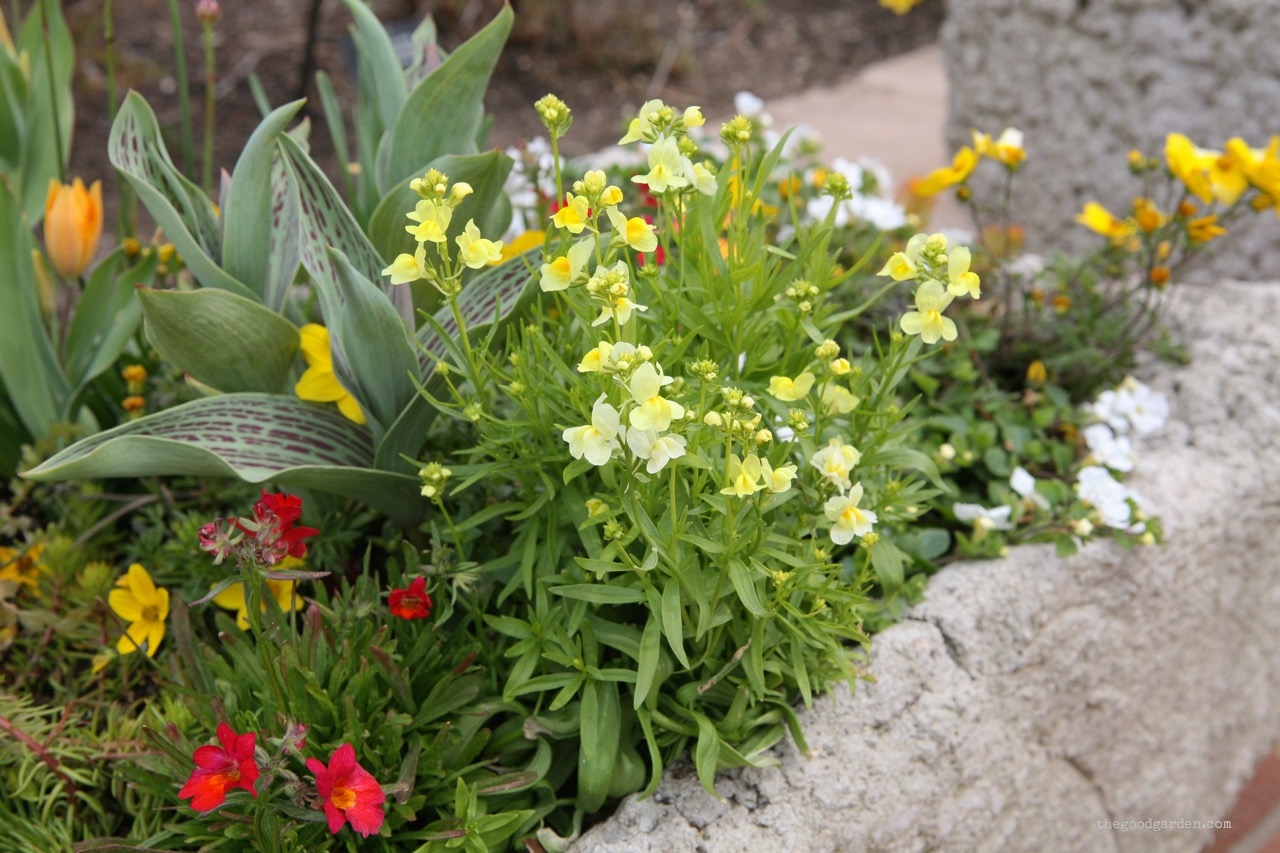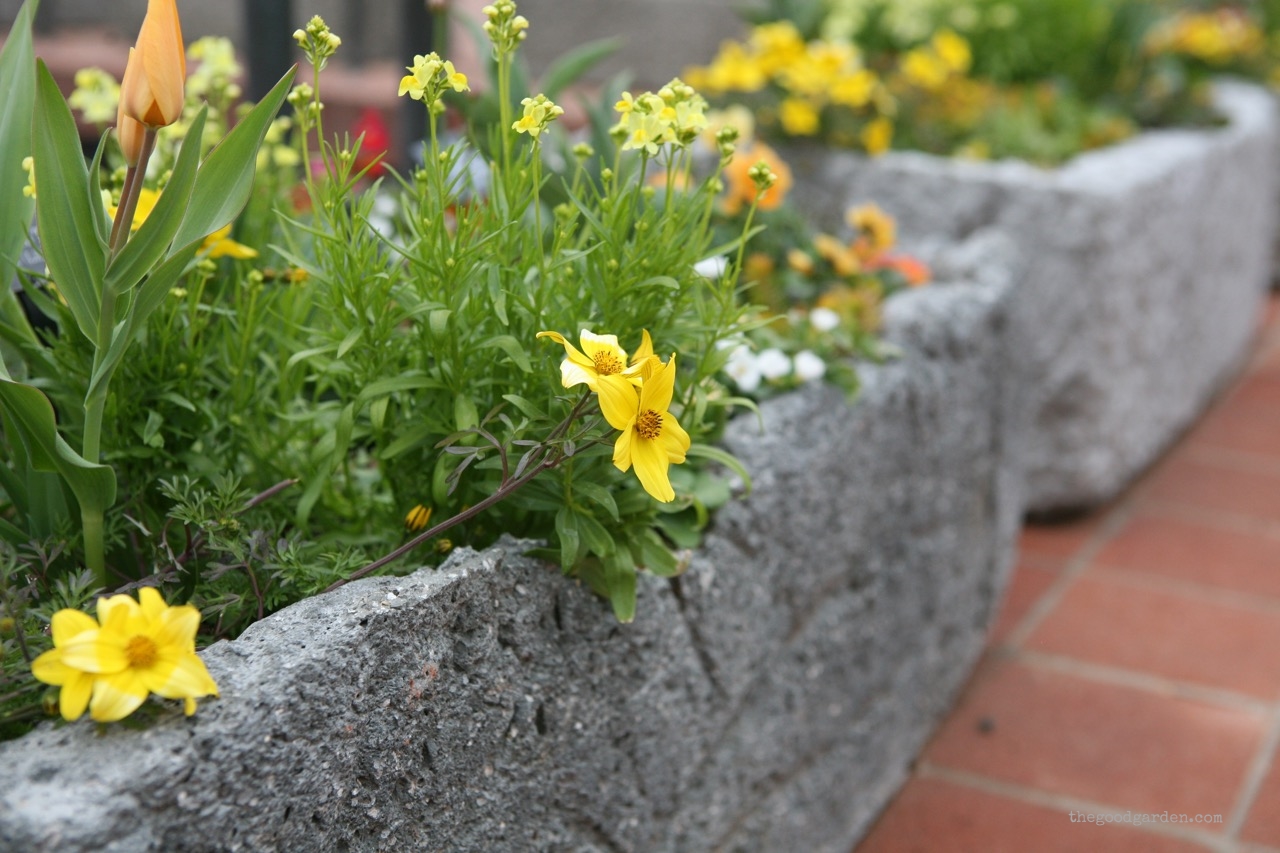The charge to industrialize at the turn of the twentieth century changed our world: more goods became affordable to more people, economies shifted from agriculture to manufacturing, wealth accumulated with investors who built factories, and farm workers moved into cities to benefit from more steady work and to take advantage of urban resources. But from another perspective, industrialization meant a loss of craftsmanship and design quality, a loss of a connection to the local land, a disregard for nature, and a de-humanization of labor.
The Arts and Crafts movement started in Britain, the most industrialized nation in the late 1800’s; it intended to address anxieties surrounding industrialization. The movement sought to raise the quality of design and to re-establish the connection between local artisans and consumers. Arts and Crafts did not promote a particular style, instead it was a philosophy that advanced a return to pre-industrialization design and local craftsmanship.
Portrait of William Morris, aged 53 Source: Frederick Hollyer - Google Books edition of J. W. Mackail The Life of William Morris in two volumes, 1899
In the late 1800’s, writer and social activist William Morris popularized the movement by focusing on the home. He was famous for saying, “have nothing in your houses that you do not know to be useful or believe to be beautiful.” He also revived traditional textile arts by designing wallpapers, textiles, and tapestries. These can still be purchased today at Morris & Co.
Within this context an arts and crafts garden style emerged. Today we recognize key elements of this style: the garden integrated with the home, intimate garden rooms, herbaceous borders, and formal architecture combined with wild, effusive planting. Handcrafted ornaments embraced local materials. Useful and romantic features like meadows and orchards were also incorporated. Otherwise, Arts and crafts gardens freely borrowed from many different garden styles. Most importantly, arts and crafts garden designers had the space to inject their own personalities, giving these gardens real power.
In an early example, Morris’ garden at Red House included a medieval pleasure garden with fruit trees and simple flower beds that were used in his textile designs and in the making of dyes. England became ground zero for this type of gardening; great garden designers like Gertrude Jekyll and William Robinson not only created their own beautiful gardens, but also educated millions of other gardeners through their garden writing.
Jekyll and Robinson's influence extends to one of the most iconic arts and crafts gardens, Sissinghurst Castle, which we see in the slide show above. Set in the English countryside, the garden was started in 1930 by wife and husband team Vita Sackville-West and Harold Nicolson.
This garden had an unlikely beginning. As a woman, Vita was kept from inheriting her ancestral home even though she was the eldest child. (This is a detail of English law that features prominently in the Downton Abbey series that is explained well in this piece from National Public Radio.) Vita’s childhood residence wasn’t ordinary. Her home was Knole House, a 365 room complex with 52 staircases! Vita described the relatives who did inherit the property as, "A rotten lot, and nearly all stark staring mad.” This incredible story is the subject of Robert Sackville-West’s memoir Inheritance.
Vita Sackville-West and Harold Nicolson, in 1960 at their home, Sissinghurst, Kent. Photograph: Corbis /Corbis
We’ll never know what Vita and Harold would have done to the garden at Knole House, but we do know that their search for a new place to live led them to Sissinghurst Castle. This ruin with roots dating to 1305 gave them a blank slate to start fresh and create their own personality-infused garden. Today Sissinghurst is one of the most famous gardens in the world with nearly 200,000 visitors each year, more than twice as many as those visiting Knole House.
The garden consists of a series of distinct garden rooms. Each one offers a unique, intimate space with a cohesive design. Any one of these rooms could be modified for a smaller property.
At ground level each garden room felt like a wonderfully scaled space and a world to itself. Then a small opening in a hedge or a path would draw me into another garden room where a totally different world opens up. And then another, and another. Like Chinese courtyard gardens created 1,000 years earlier, the intimacy and repeated openings and closings of space is magical.
The bird's eye perspective from the Tower makes the garden room structure clear: the Top Courtyard; the White Garden, Yew Walk, and Orchard; the Moat Walk, Cottage Garden; and the Rose Garden. From the Tower it is clear that the entire property is set in the midst of a working farm in the English countryside.

